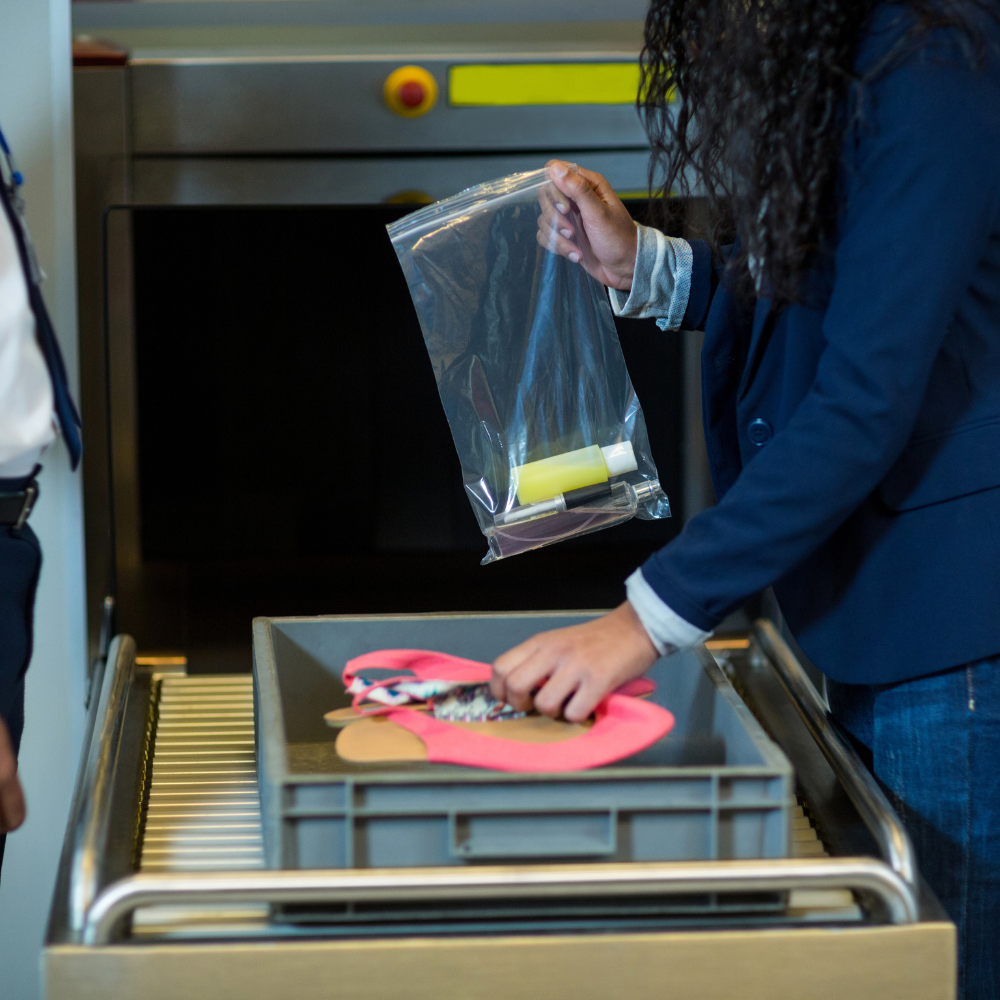 NASA officials have signed a Space Act Agreement with SpaceX to examine the advantages and disadvantages of using a private mission to push the almost 33-year-old Hubble Space Telescope to a higher orbit to extend its life. The space agency announced on Thursday. Thomas Zurbuchen, associate administrator of NASA's Science Mission Directorate, during a news conference, said that Amazing success has been achieved by Hubble. Great science is currently being done. However, he claims that SpaceX approached NASA with the concept a few months ago and that the team at NASA is currently planning to analyze how a commercial mission may assist "boost" and sustain the telescope.
The agreement's sole purpose, according to Zurbuchen, is to investigate the idea's technological viability because it is yet unclear whether or not such a mission could be executed. SpaceX has a lot of expertise in docking (spacecraft) with the International Space Station, according to Jessica Jensen, vice president of customer operations and integration at the private aerospace firm. According to Jensen, SpaceX intends to take this information as a starting point and determine whether it would be possible to perform a similar docking technique with the Hubble telescope.
The space observatory was launched in 1990 and has undergone some servicing trips during the NASA space shuttle era, with the most recent mission occurring in 2009. However, the space agency canceled the space shuttle in 2011, and no vehicle has returned since. The majority of the tasks that the space shuttle program used to complete, including transporting humans to and from the International Space Station (ISS), have already been replaced by SpaceX's Crew Dragon spacecraft operations. The effort to launch a personal trip to Hubble may fall under the purview of Polaris, a SpaceX project that has already received private funding. The idea for that program originated with Jared Isaacman, the multi-billionaire CEO of the payments platform Shift4. Isaacman initially attracted notice when he paid Shift4 to fly him and three companions on a three-day tour around the Earth in a SpaceX Crew Dragon capsule last year.
In February, when he first announced the Polaris program, he promised that SpaceX will participate in at least three of the missions. Up to five days are scheduled to pass during the Polaris Dawn, the program's inaugural trip. They will go to the Van Allen radiation belt, which has an inner band that runs from roughly 400 to 6,000 miles (644 to 9,656 kilometers) above Earth, on a SpaceX Crew Dragon spaceship. The crew will consist of Isaacman and three other people. No sooner than March 2023 is when it is expected to launch. In his remarks at the news conference on Thursday, Isaacman said that the second Polaris mission might make a fantastic candidate for launching a SpaceX capsule to Hubble. According to Jensen, it's unclear at this time if an autonomous, crewless spacecraft could perform a Hubble support mission in place of a crew on board. All of those things, according to Zurbuchen, are a component of the Space Act Agreement that SpaceX and NASA will study. He said that we constantly examine wild concepts and we must act in that manner.
NASA officials have signed a Space Act Agreement with SpaceX to examine the advantages and disadvantages of using a private mission to push the almost 33-year-old Hubble Space Telescope to a higher orbit to extend its life. The space agency announced on Thursday. Thomas Zurbuchen, associate administrator of NASA's Science Mission Directorate, during a news conference, said that Amazing success has been achieved by Hubble. Great science is currently being done. However, he claims that SpaceX approached NASA with the concept a few months ago and that the team at NASA is currently planning to analyze how a commercial mission may assist "boost" and sustain the telescope.
The agreement's sole purpose, according to Zurbuchen, is to investigate the idea's technological viability because it is yet unclear whether or not such a mission could be executed. SpaceX has a lot of expertise in docking (spacecraft) with the International Space Station, according to Jessica Jensen, vice president of customer operations and integration at the private aerospace firm. According to Jensen, SpaceX intends to take this information as a starting point and determine whether it would be possible to perform a similar docking technique with the Hubble telescope.
The space observatory was launched in 1990 and has undergone some servicing trips during the NASA space shuttle era, with the most recent mission occurring in 2009. However, the space agency canceled the space shuttle in 2011, and no vehicle has returned since. The majority of the tasks that the space shuttle program used to complete, including transporting humans to and from the International Space Station (ISS), have already been replaced by SpaceX's Crew Dragon spacecraft operations. The effort to launch a personal trip to Hubble may fall under the purview of Polaris, a SpaceX project that has already received private funding. The idea for that program originated with Jared Isaacman, the multi-billionaire CEO of the payments platform Shift4. Isaacman initially attracted notice when he paid Shift4 to fly him and three companions on a three-day tour around the Earth in a SpaceX Crew Dragon capsule last year.
In February, when he first announced the Polaris program, he promised that SpaceX will participate in at least three of the missions. Up to five days are scheduled to pass during the Polaris Dawn, the program's inaugural trip. They will go to the Van Allen radiation belt, which has an inner band that runs from roughly 400 to 6,000 miles (644 to 9,656 kilometers) above Earth, on a SpaceX Crew Dragon spaceship. The crew will consist of Isaacman and three other people. No sooner than March 2023 is when it is expected to launch. In his remarks at the news conference on Thursday, Isaacman said that the second Polaris mission might make a fantastic candidate for launching a SpaceX capsule to Hubble. According to Jensen, it's unclear at this time if an autonomous, crewless spacecraft could perform a Hubble support mission in place of a crew on board. All of those things, according to Zurbuchen, are a component of the Space Act Agreement that SpaceX and NASA will study. He said that we constantly examine wild concepts and we must act in that manner.
News In Focus
 Yash Ranjan09/30/202216
Yash Ranjan09/30/202216
NASA and SpaceX to investigate boosting Hubble to a higher orbit in order to extend its life
 NASA officials have signed a Space Act Agreement with SpaceX to examine the advantages and disadvantages of using a private mission to push the almost 33-year-old Hubble Space Telescope to a higher orbit to extend its life. The space agency announced on Thursday. Thomas Zurbuchen, associate administrator of NASA's Science Mission Directorate, during a news conference, said that Amazing success has been achieved by Hubble. Great science is currently being done. However, he claims that SpaceX approached NASA with the concept a few months ago and that the team at NASA is currently planning to analyze how a commercial mission may assist "boost" and sustain the telescope.
The agreement's sole purpose, according to Zurbuchen, is to investigate the idea's technological viability because it is yet unclear whether or not such a mission could be executed. SpaceX has a lot of expertise in docking (spacecraft) with the International Space Station, according to Jessica Jensen, vice president of customer operations and integration at the private aerospace firm. According to Jensen, SpaceX intends to take this information as a starting point and determine whether it would be possible to perform a similar docking technique with the Hubble telescope.
The space observatory was launched in 1990 and has undergone some servicing trips during the NASA space shuttle era, with the most recent mission occurring in 2009. However, the space agency canceled the space shuttle in 2011, and no vehicle has returned since. The majority of the tasks that the space shuttle program used to complete, including transporting humans to and from the International Space Station (ISS), have already been replaced by SpaceX's Crew Dragon spacecraft operations. The effort to launch a personal trip to Hubble may fall under the purview of Polaris, a SpaceX project that has already received private funding. The idea for that program originated with Jared Isaacman, the multi-billionaire CEO of the payments platform Shift4. Isaacman initially attracted notice when he paid Shift4 to fly him and three companions on a three-day tour around the Earth in a SpaceX Crew Dragon capsule last year.
In February, when he first announced the Polaris program, he promised that SpaceX will participate in at least three of the missions. Up to five days are scheduled to pass during the Polaris Dawn, the program's inaugural trip. They will go to the Van Allen radiation belt, which has an inner band that runs from roughly 400 to 6,000 miles (644 to 9,656 kilometers) above Earth, on a SpaceX Crew Dragon spaceship. The crew will consist of Isaacman and three other people. No sooner than March 2023 is when it is expected to launch. In his remarks at the news conference on Thursday, Isaacman said that the second Polaris mission might make a fantastic candidate for launching a SpaceX capsule to Hubble. According to Jensen, it's unclear at this time if an autonomous, crewless spacecraft could perform a Hubble support mission in place of a crew on board. All of those things, according to Zurbuchen, are a component of the Space Act Agreement that SpaceX and NASA will study. He said that we constantly examine wild concepts and we must act in that manner.
NASA officials have signed a Space Act Agreement with SpaceX to examine the advantages and disadvantages of using a private mission to push the almost 33-year-old Hubble Space Telescope to a higher orbit to extend its life. The space agency announced on Thursday. Thomas Zurbuchen, associate administrator of NASA's Science Mission Directorate, during a news conference, said that Amazing success has been achieved by Hubble. Great science is currently being done. However, he claims that SpaceX approached NASA with the concept a few months ago and that the team at NASA is currently planning to analyze how a commercial mission may assist "boost" and sustain the telescope.
The agreement's sole purpose, according to Zurbuchen, is to investigate the idea's technological viability because it is yet unclear whether or not such a mission could be executed. SpaceX has a lot of expertise in docking (spacecraft) with the International Space Station, according to Jessica Jensen, vice president of customer operations and integration at the private aerospace firm. According to Jensen, SpaceX intends to take this information as a starting point and determine whether it would be possible to perform a similar docking technique with the Hubble telescope.
The space observatory was launched in 1990 and has undergone some servicing trips during the NASA space shuttle era, with the most recent mission occurring in 2009. However, the space agency canceled the space shuttle in 2011, and no vehicle has returned since. The majority of the tasks that the space shuttle program used to complete, including transporting humans to and from the International Space Station (ISS), have already been replaced by SpaceX's Crew Dragon spacecraft operations. The effort to launch a personal trip to Hubble may fall under the purview of Polaris, a SpaceX project that has already received private funding. The idea for that program originated with Jared Isaacman, the multi-billionaire CEO of the payments platform Shift4. Isaacman initially attracted notice when he paid Shift4 to fly him and three companions on a three-day tour around the Earth in a SpaceX Crew Dragon capsule last year.
In February, when he first announced the Polaris program, he promised that SpaceX will participate in at least three of the missions. Up to five days are scheduled to pass during the Polaris Dawn, the program's inaugural trip. They will go to the Van Allen radiation belt, which has an inner band that runs from roughly 400 to 6,000 miles (644 to 9,656 kilometers) above Earth, on a SpaceX Crew Dragon spaceship. The crew will consist of Isaacman and three other people. No sooner than March 2023 is when it is expected to launch. In his remarks at the news conference on Thursday, Isaacman said that the second Polaris mission might make a fantastic candidate for launching a SpaceX capsule to Hubble. According to Jensen, it's unclear at this time if an autonomous, crewless spacecraft could perform a Hubble support mission in place of a crew on board. All of those things, according to Zurbuchen, are a component of the Space Act Agreement that SpaceX and NASA will study. He said that we constantly examine wild concepts and we must act in that manner. 


